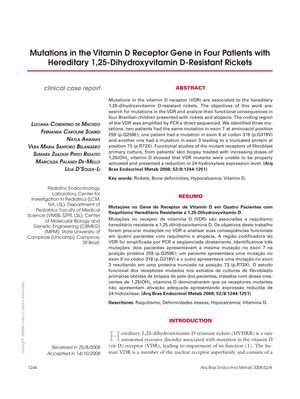TLDR Four patients with a type of rickets and hair loss had different mutations in their vitamin D receptor gene, causing it to not work properly.
In a study from 2008, researchers investigated mutations in the vitamin D receptor (VDR) gene in four Brazilian children who presented with hereditary 1,25-dihydroxyvitamin D-resistant rickets and alopecia. They amplified and sequenced the coding region of the VDR gene, identifying three distinct mutations: two patients shared a mutation at amino acid position 259 in exon 7 (p.Q259E), one patient had a mutation at codon 319 in exon 8 (p.G319V), and another had a mutation in exon 3 that resulted in a truncated protein at position 73 (p.R73X). Functional studies using fibroblast primary cultures from the patients' skin biopsies, treated with increasing doses of 1,25(OH)2 vitamin D, revealed that the mutant VDRs were unable to be properly activated, leading to a reduction in 24-hydroxylase expression level.
67 citations
,
August 2004 in “Endocrinology” A specific gene mutation causes vitamin D resistance, but certain vitamin D analogs might help.
47 citations
,
October 1989 in “European Journal of Pediatrics” Two siblings stayed rickets-free for 14 years after stopping treatment.
55 citations
,
May 1985 in “Archives of Dermatology” Calcitriol-resistant rickets is an inherited disorder that affects hair growth and causes hair loss.
170 citations
,
May 1979 in “The journal of pediatrics/The Journal of pediatrics” Two sisters with rickets and hair loss had a genetic issue with vitamin D processing, and only improved when given phosphorus supplements.
151 citations
,
June 2010 in “Endocrinology and metabolism clinics of North America” Two rare genetic diseases cause severe rickets in children due to defects in vitamin D metabolism.
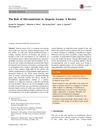 63 citations
,
May 2017 in “American Journal of Clinical Dermatology”
63 citations
,
May 2017 in “American Journal of Clinical Dermatology” People with alopecia areata often have lower levels of vitamin D, zinc, and folate, but more research is needed to understand if supplements can help treat it.
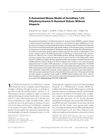 25 citations
,
August 2014 in “Endocrinology”
25 citations
,
August 2014 in “Endocrinology” Researchers created a mouse model of a type of rickets that does not cause hair loss.
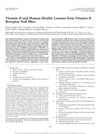 1533 citations
,
October 2008 in “Endocrine reviews”
1533 citations
,
October 2008 in “Endocrine reviews” Mice without the vitamin D receptor have bone issues and other health problems, suggesting vitamin D is important for preventing various diseases in humans.
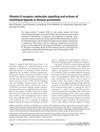 271 citations
,
September 2008 in “Nutrition reviews”
271 citations
,
September 2008 in “Nutrition reviews” Vitamin D receptor interacts with certain dietary components to help prevent diseases and regulate hair growth.
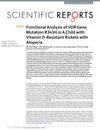 6 citations
,
November 2017 in “Scientific reports”
6 citations
,
November 2017 in “Scientific reports” The R343H mutation in the VDR gene causes vitamin D-resistant rickets with alopecia by impairing specific gene activity.
